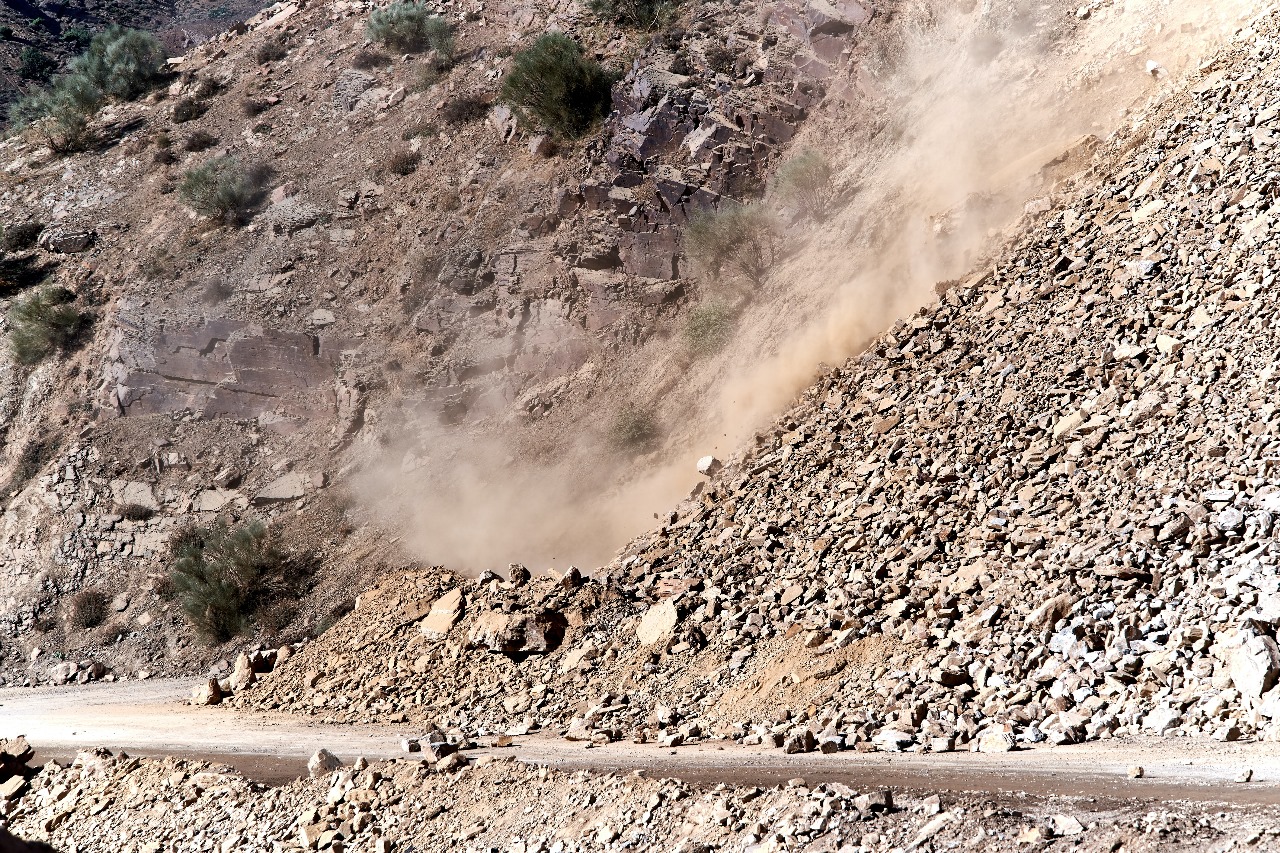Landslides are natural disasters that can have devastating effects on communities and landscapes. It is crucial to comprehend the dynamics of landslides, their causes, and preventive measures to mitigate the risks associated with them. In this article, we will delve into the essential aspects of landslides and what you need to know to stay informed and prepared.
Defining Landslides:
A landslide refers to the movement of rock, soil, and debris down a slope. This movement can be slow and gradual or sudden and rapid, resulting in significant damage to infrastructure, property, and, unfortunately, human lives.
Causes of Landslides:
Understanding the triggers of landslides is imperative for effective prevention and response. Some common causes include:
- Heavy Rainfall: Excessive rainfall can saturate the soil, reducing its stability and increasing the likelihood of landslides.
- Earthquakes: Seismic activity can disturb the equilibrium of slopes, leading to landslides.
- Human Activities: Construction, deforestation, and mining can alter the landscape, making it more susceptible to landslides.
- Volcanic Activity: Volcanic eruptions can displace large amounts of material, triggering landslides.
- Undercutting of Slopes: The erosion of the base of a slope, often due to rivers or waves, can destabilize it and result in a landslide.
Types of Landslides:
Landslides come in various forms, each with distinct characteristics. The primary types include:
- Rockfalls: Rapid free-fall of detached rock fragments.
- Debris Flows: Swift, water-saturated movement of soil, rocks, and organic material.
- Mudslides: Movement of soil and water, often resembling a flowing river of mud.
- Landslump: Gradual movement of material along a curved surface.
- Rockslide: Rapid downslope movement of rock along a pre-existing surface.
Recognizing Warning Signs:
Being able to identify potential landslide indicators is crucial for early detection and evacuation. Look out for the following signs:
- Changes in Landscape: Noticeable alterations in the appearance of slopes or hillsides.
- Cracks in the Ground: Visible fractures in the soil or rock.
- Sudden Waterflow Increase: Rapid rises in stream or river levels, especially after heavy rainfall.
- Tilting Trees or Utility Poles: The leaning of these structures may indicate ground movement.
- Unusual Sounds: Roaring or cracking noises from the ground could suggest landslide activity.
Preventive Measures:
To minimize the impact of landslides, it’s crucial to adopt preventive measures:
- Vegetative Cover: Maintain or restore vegetation on slopes to stabilize the soil.
- Terracing: Constructing terraces can reduce the steepness of slopes, minimizing landslide risk.
- Drainage Systems: Proper drainage helps manage water runoff and prevents saturation of the soil.
- Retaining Walls: Constructing retaining walls can provide support to slopes and prevent mass movement.
- Early Warning Systems: Implementing monitoring systems can provide timely alerts, allowing for evacuation and preventive actions.
Emergency Preparedness:
In the event of a landslide, being prepared can save lives. Here are essential steps to take:
- Stay Informed: Monitor weather forecasts and geological conditions in your area.
- Evacuation Plan: Have a well-defined evacuation plan and know the safest routes to higher ground.
- Emergency Kit: Prepare an emergency kit with essential supplies, including food, water, medications, and important documents.
- Community Engagement: Participate in community drills and awareness programs to enhance preparedness.
- Insurance Coverage: Ensure your property is adequately insured against landslide damage.
Conclusion:
Landslides are natural occurrences that, while challenging to predict entirely, can be managed through awareness, preparedness, and preventive measures. Understanding the causes, recognizing warning signs, and implementing safety measures are crucial steps toward minimizing the impact of landslides on communities and individuals. By staying informed and adopting proactive strategies, we can work towards creating safer living environments for all.

